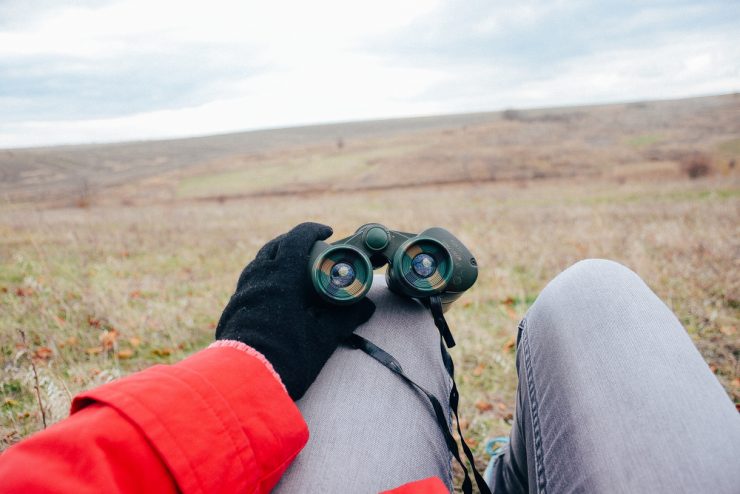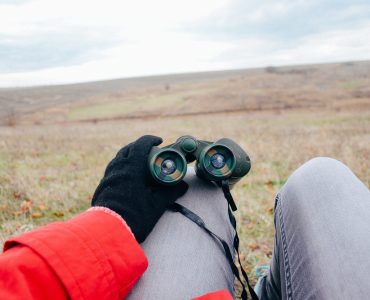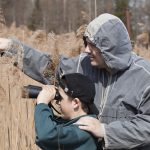Bird watching, also called birding, has been widely and warmly received by Americans. This practice of observing and watching birds using the naked eye or visual enhancement evolved through time and has become their favourite pastime.
In the 1990s, most bird watching activities in the U.S. were based on the east coast. The initial increase in birding in 1934 was prompted by the Roger Tory Peterson’s publication of a field guide. The availability of binoculars after World War II also led to the increase in the said activity. Despite the success in the sale of the “The Sibley Guide to Birds” in 2002, it was reported that the number of bird watchers decreased, which meant a drop in birding activity as well.
Researchers found that 4 percent of Americans were interested in bird watching from the 1970s to the middle of the 1980s. At the least, 11 percent of them were determined to watch birds for at least 20 days in a year. On the other hand, it was estimated that there were 61 million birders in the U.S. in 1980 whose income was above average.
In relation to expenses, it was estimated that American birders spent more than $32 billion in 2001. This spending has risen all over the world. In Turkey, Kuscenneti National Park was figured to draw birders who spent as much as $103,320,074 every year. Guided bird tours became a major business enterprise, with almost 127 companies involved in following the birds’ worldwide trip.













